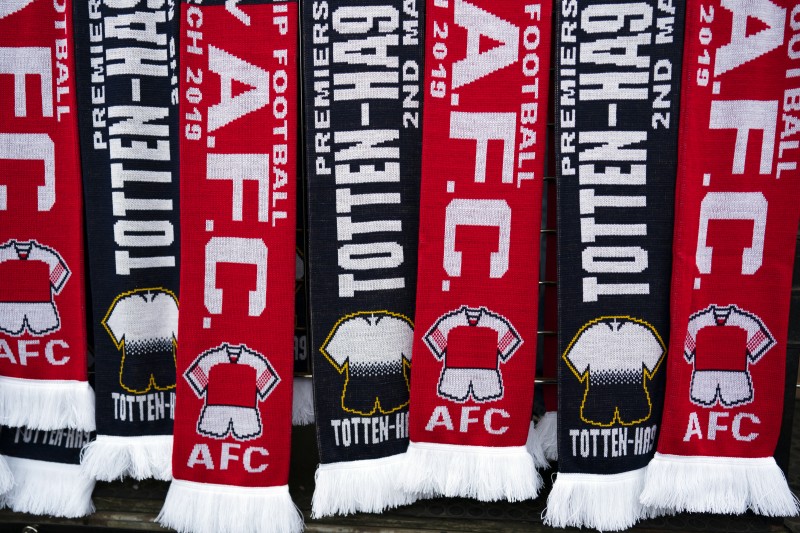The UK PR sector has a workforce of 61,000. Accurate evaluation of their PR activity allows organisations to apply their resources as effectively as possible.
Professor Tom Watson’s research and academic advice has significantly contributed to a shift in industry evaluation practice away from Advertising Value Equivalent (AVE) measurement of PR activity to an evidence-based, objective-driven approach.
AVE values news coverage at equivalent cost of the space or airtime in advertising. Professor Watson criticises this as a false comparison for a number of reasons:
- AVE does not take into account whether the coverage is positive or negative. For example, a piece of negative news coverage could be given a high financial equivalent value.
- AVE will value the size of an entire article, even if the organisation is only mentioned once alongside a number of their other competitors.
- Advertisement content is controlled by the advertiser and can, for example, include any number of key brand messages or logos. News coverage is controlled by the news editor, subject to an unbiased editorial process, and therefore not necessarily what the organisation is choosing to say.
- AVE suggests all news releases are attempts at advertising, demeaning the reputation of public relations.
- AVE measures a form of output not outcomes, such as shifts in perception, changes of opinion or decisions to take action.
At the time of the case study’s publication:
Professor Watson has examined different methods of evaluating public relations activity, including: how best to gather and interpret information; different structures and approaches that can be applied; the most efficient way to devise a media evaluation system; and objective setting.
An Excel-based spreadsheet connected to his book, ‘Evaluating public relations’, guides organisations in evaluating their media coverage. Some factors included are:
- Tonality of message (positive / negative / neutral).
- Relevance of target audience or media outlet.
- Opportunities to see / hear (relating to readership or ratings).
- Whether the news coverage is only about the one organisation (solus) or it is one of many.
- Use of spokespeople; identification of journalists.
- Effectiveness of public relations strategies and tactics.
Professor Watson helped establish the European Summit on Measurement, held in Berlin in 2009 and it was at the second Summit in Barcelona in 2010, when the seven ‘principles’ for measurement of PR and communication activity were established. Barcelona Principle 3 states: “AVEs are not the Value of Public Relations.”
Professor Watson was an active participant in this professional debate and discussion to help bridge the gap between the academia and professional practice.
Professor Watson used his research evidence to present a case to Chartered Institute of Public Relations (CIPR) to ban the use of AVE in its annual awards. CIPR adopted this policy in late 2010 and it is still current.
Notably now six of the world’s twelve leading public relations award schemes have also barred the use of AVE as evidence in entries. Professor Watson’s research has made a significant contribution to this trend. Organisations include the Middle East Public Relations Association, the Public Relations Society of America, Society for New Communications Research (US) and the Institute for Public Relations (US).
The awards themselves reflect best practice within the industry and Professor Watson’s research has been instrumental in changing award entry criteria. This forms a significant contribution to the industry trend away from using the AVE metric, in favour of an objective-driven, evidence-based evaluation, as advocated by Professor Watson.

